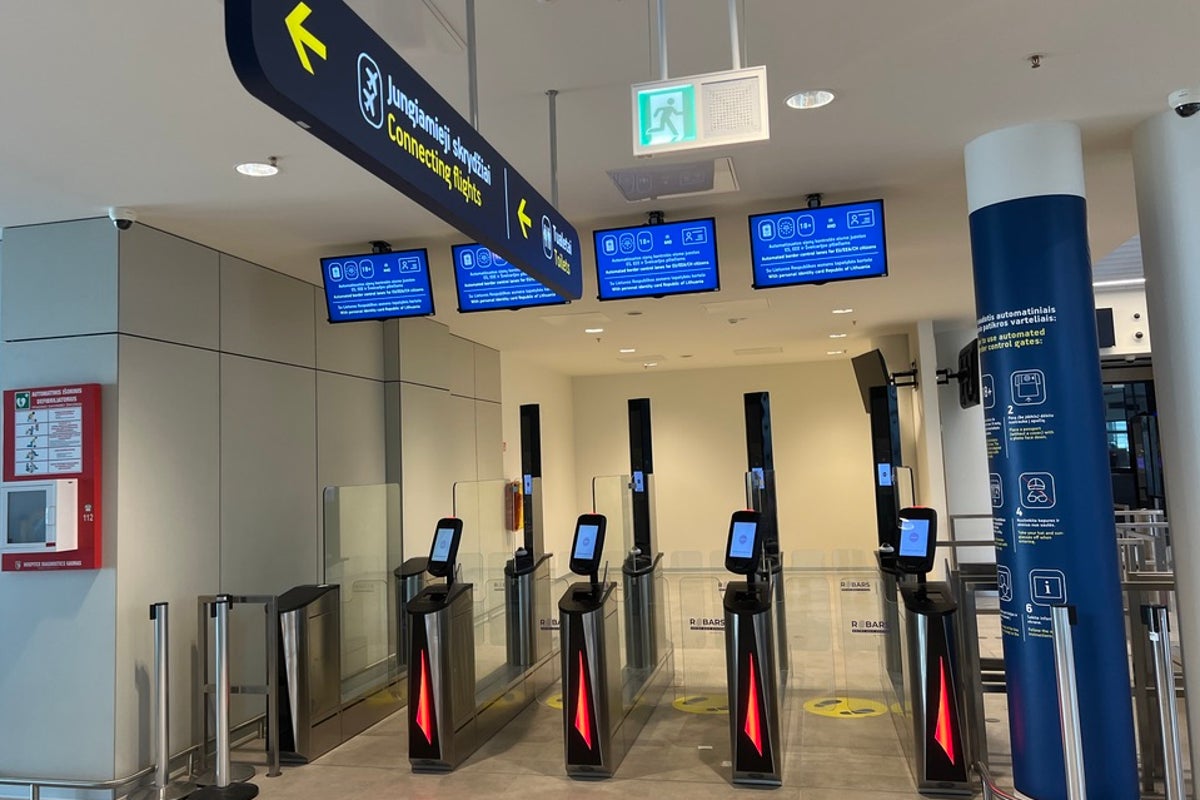AMD is uncharacteristically restricting this awesome Ryzen 9000 feature
We learned about AMD's Curve Shaper feature recently, but after speaking with the company, it seems the feature is exclusive to Ryzen 9000 chips.

 AMD “Zen 5” Tech Day in Los Angeles, California, Wednesday July 10, 2024. (Photo by PaulSakuma.com Photography) AMD
AMD “Zen 5” Tech Day in Los Angeles, California, Wednesday July 10, 2024. (Photo by PaulSakuma.com Photography) AMDAMD is introducing an exciting new feature for Ryzen 9000 CPUs called Curve Shaper — and only to Ryzen 9000 CPUs. Curve Shaper is an additional layer of control over AMD’s Curve Optimizer, which can help you quickly dial in an undervolt or overclock on AMD’s Ryzen 5000 CPUs and newer. Curve Shaper is a new cutoff point.
As an AMD tool developer revealed last week, Curve Shaper gives you 15 points of control across the power and frequency spectrum. For each of these points, you can define a positive or negative offset, which applies on top of Curve Optimizer. Let me provide an example.
You can use Curve Optimizer to dial in a positive offset of +10 for a slight overclock. With Curve Shaper, you can add an additional +5 offset when you’re running at medium power and high frequency, for example, or a -5 offset for high power and high frequency. It gives you more local control over how your processor behaves.
 Jacob Roach / Digital Trends
Jacob Roach / Digital TrendsIt can have a pretty significant impact, too. AMD demoed Curve Shaper, along with its new support for up to DDR5-8000 memory, and showed a massive jump in score with Cinebench R23. This was a universal offset in Curve Optimizer, as well as a couple of small adjustments with Curve Shaper.
The issue is that only Ryzen 9000 CPUs can use Curve Shaper, and AMD wasn’t able to give me a good reason why. The company confirmed that there’s nothing in Ryzen 9000’s hardware that enables Curve Shaper. The feature could work on Ryzen 7000 CPUs, at the very least. Instead, it pointed to firmware development costs.
 Jacob Roach / Digital Trends
Jacob Roach / Digital TrendsThis situation feels very similar to Intel’s APO feature, which was initially restricted to 14th-gen CPUs. Intel eventually added support for 12th-gen and 13th-gen CPUs after backlash. It’s possible AMD could reverse course, as well — talking with the company, the feedback on Curve Shaper’s restriction was common.
If you do upgrade to Ryzen 9000, you’ll be able to use the feature through the BIOS. Curve Optimizer is available through AMD’s Ryzen Master utility on desktop, but Curve Shaper is exclusive to the BIOS for now. AMD wouldn’t comment on if it will come to Ryzen Master eventually — though that seems like a pretty safe bet.
Jacob Roach is the lead reporter for PC hardware at Digital Trends. In addition to covering the latest PC components, from…
A leaked benchmark shows just how fast AMD’s next flagship CPU will be
An engineering sample of the Ryzen 9 9950X processor has surfaced in AIDA64 benchmarks. Shared by Anandtech Forum user igor_kavinsky, the results reveal noticeable performance gains. The Ryzen 9 9950X demonstrates a 45% improvement in AES encryption and a 39% boost in FP32 and FP64 operations over its predecessor, the Ryzen 9 7950X. The results also suggest that the chip offers up to 55% faster performance compared to Intel’s Core i9-13900K, demonstrating notable gains in both floating-point and encryption tasks.
The benchmark results highlight the Ryzen 9 9950X’s strength in AVX-512 workloads, which significantly contribute to its performance gains. AVX-512 provides a substantial boost in specific computational tasks, emphasizing the CPU's prowess in handling advanced computing needs.
AMD just revealed a game-changing feature for your graphics card
AMD is set to reveal a research paper about its technique for neural texture block compression at the Eurographics Symposium on Rendering (EGSR) next week. It sounds like some technobabble, but the idea behind neural compression is pretty simple. AMD says it's using a neural network to compress the massive textures in games, which cuts down on both the download size of a game and its demands on your graphics card.
We've heard about similar tech before. Nvidia introduced a paper on Neural Texture Compression last year, and Intel followed up with a paper of its own that proposed an AI-driven level of detail (LoD) technique that could make models look more realistic from farther away. Nvidia's claims about Neural Texture Compression are particularly impressive, with the paper asserting that the technique can store 16 times the data in the same amount of space as traditional block-based compression.
AMD: ‘We are running as fast as we possibly can’
Be it some of the best consumer processors or the chips that power massive data centers, the rivalry between AMD and Intel, as well as AMD and Nvidia, never comes to an end -- and AMD is well aware of it. In a recent interview, AMD revealed its plan for keeping up with Intel and staying ahead of the game, and this could bode well for some of its upcoming products; we've got plenty of those slated for this year, after all. One of the key parts of AMD's strategy appears to lie in quickly adopting the latest tech before it becomes yesterday's news.
The interview in question comes from The Next Platform. Forrest Norrod, executive vice president at AMD, spoke mainly about the company's data center plans, but it's safe to assume that this strategy might stretch beyond enterprise customers. When asked about the state of Intel's data center business, particularly Xeon 6 CPUs, Norrod spoke well of AMD's rivals.

 JimMin
JimMin 





































